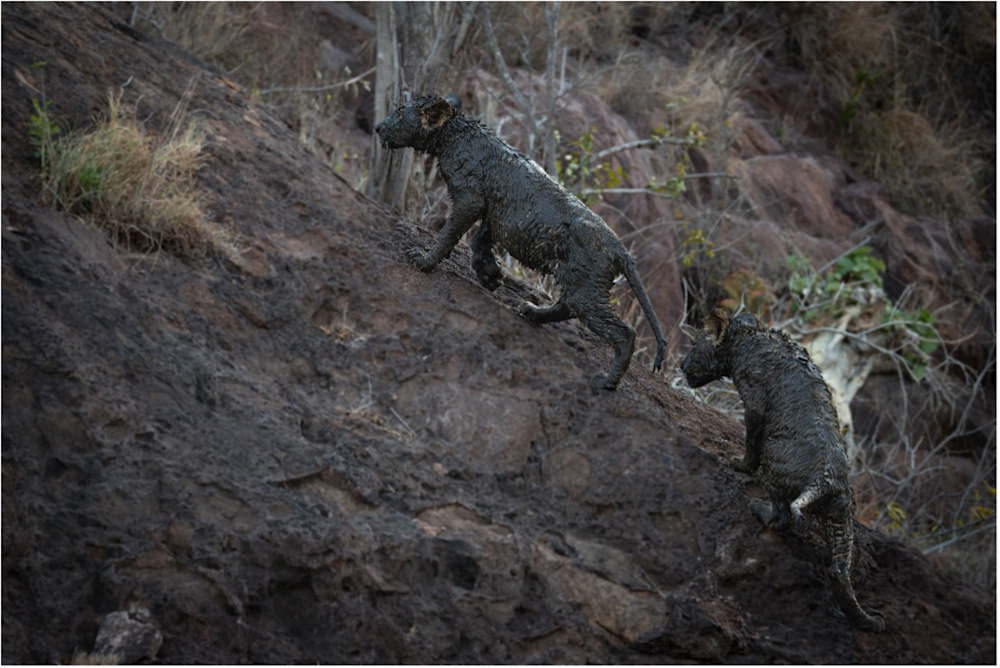October 2024
Biodiversity
Drama at Singita Kruger National Park
in BiodiversityShare:
Drama at Singita Kruger National Park
It’s the middle of the month, and the lion dynamics at Singita Kruger National Park have taken an unexpected turn. Over two months have passed since the last sighting of the Trichardt males in our concession, with the most recent one being mid-August, when one was seen with the Mananga Pride. The Maputo male vanished from sight even earlier, on 1 August. The Sonop males appeared in the north of our territory around mid-August, and it seems their arrival was enough to push out our previous dominant males. It’s likely that, as so often happens, the Trichardt males found themselves in fights for survival and may have ultimately succumbed to their injuries.
Since then, the Sonop males have taken up residence on our concession, having discovered the Chava Pride. At least two of these new males have already begun mating with some of the pride’s females. Remarkably, the timing worked out for one Chava female with two young cubs. She was carrying them from either Xai-Xai or Maputo males, but by mating with the Sonop males, she created the impression that her cubs were theirs. This fortunate timing likely saved her offspring, as the males would see no reason to kill what they believe to be their own young, in hopes the mother would enter oestrus again.
Early in September, the one-eyed Sonop male, the S90 male and the N’wanetsi male were found together near the very old large-leafed rock-fig with full bellies. They hung around for most of the month in the southern half of the concession. They were successful in catching (or stealing) a kudu bull, impala ewe, and then took down a large buffalo bull, which they fed on for almost a week, chasing off opportunistic hyenas. After a week’s absence, we found the one-eyed Chava male alone in the far south in early October, nursing fresh wounds along his spine, rump, and groin from a recent fight. Meanwhile, the S90 and N’wanetsi males ventured further south, and haven’t been seen since. The Chava male has since returned to the N’wanetsi river, where his injuries appear to be healing well.
The unfamiliarity keeps us on our toes. The movements of the resident prides have become erratic and unpredictable. Both the Mananga and Shish Prides have cubs between nine months and a year-and-a-half old. The cubs remain vulnerable to threats from any roaming male lions until they reach two years. Male lions, bound by limited prime years, doesn’t waste time raising other males’ offspring. Instead, they often kill existing cubs to hasten a female's return to oestrus, enabling them to sire their own.

One by one, each mud-caked lion retreated from the carcass. They desperately tried to groom each other, stopping after one taste of the muck. The greatest mystery of all was how the Mananga Pride shed their muddy coats, as just four days later, they stole an impala carcass from a leopard, with no signs they had even been in the mud. Contrary to popular belief, lions tend to avoid water as fervently as any house cat. For now, the secret remains buried, a mystery of the African bush that only the pride knows… and they’re not telling. As soon as I uncover this mystery, I’ll let you know.



By Monika Malewski
Field Guide


